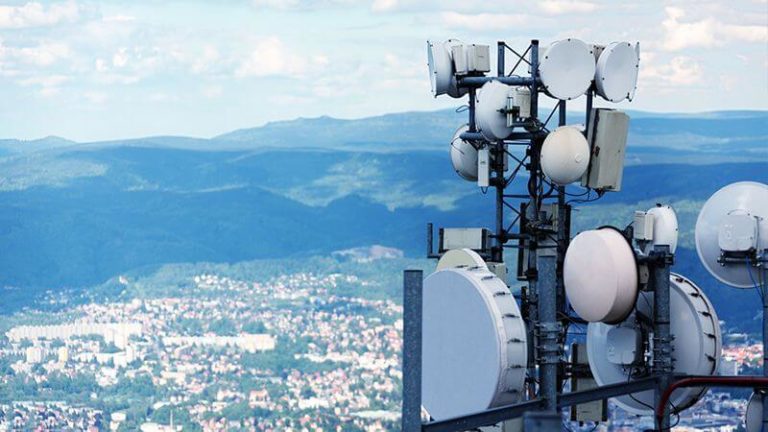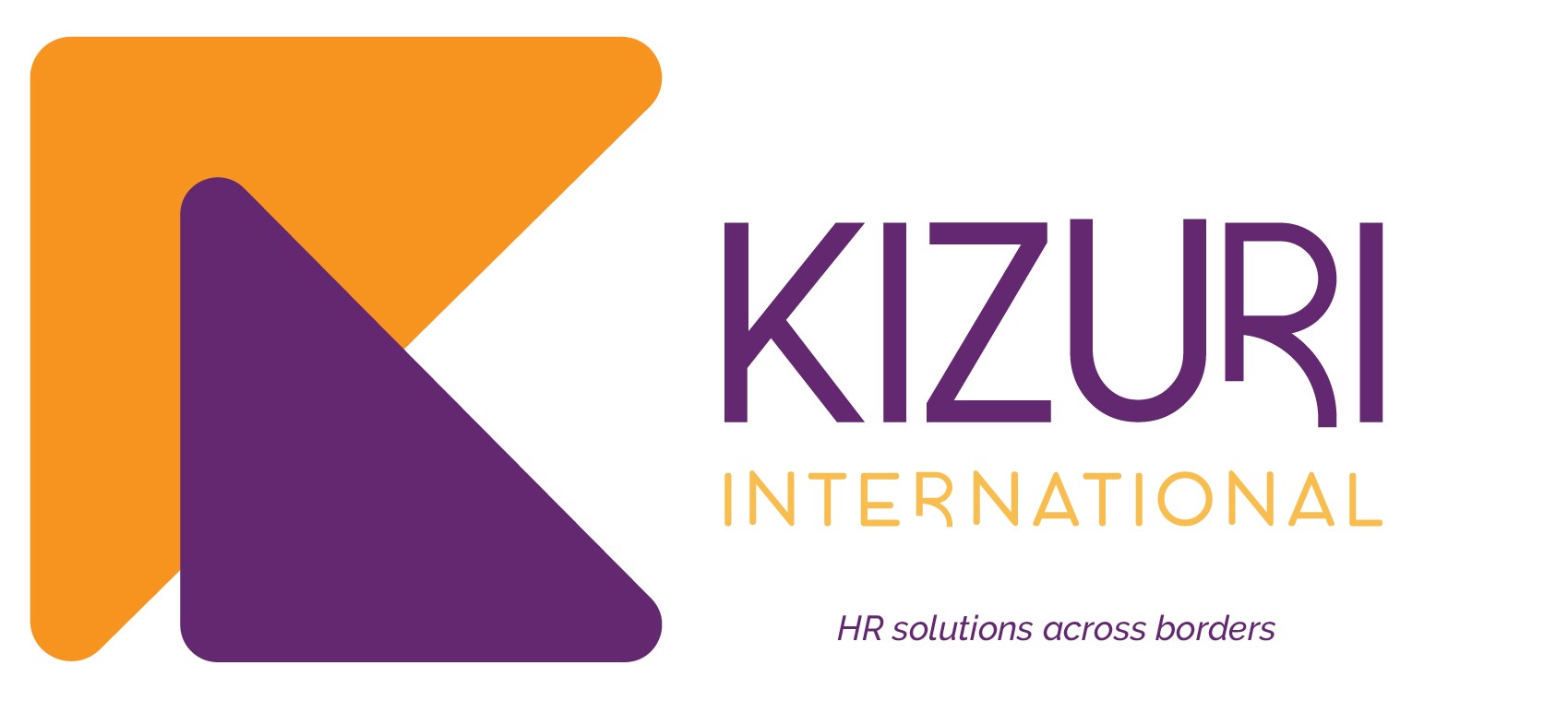
Fitch Solutions forecasters have projected Sierra Leone’s telecoms sector to continue on a positive trajectory through 2030, however, there remain downside risks to the forecast.
According to the research firm, 3G will witness positive growth over the 2020-2024 period, before being overtaken by 4G in the latter years of the forecast.
Furthermore, the fixed line market faces a more subdued outlook as fixed-to-mobile substitution will continue to erode fixed voice subscriptions. This will then weigh on the uptake of higher value fixed broadband offerings, Fitch Solutions notes.
Following this, the main downside to the outlook stems from the inherent weak market fundamentals. These include low urbanization, the limited returns on investment likely from increased rural coverage as well as weak consumer spending power over the near term.
There are four mobile network operators currently active in Sierra Leone namely, Africell, Orange, QCelland state-owned SierraTel.
Specifically, Orange’s lead has been supported through superior network investments, value-added services, and promotional offers. However, competition is heating up as the revived Africell and new entrant QCell have also focused on bolstering their advanced data networks and an overall modernization of their infrastructures. This will be vital for their efforts to offset falling voice service revenue with data services uptake, Fitch Solutions indicates.
Boost in Investments in the Telecoms sector
Although some telecom market players have withdrawn their services, including those which failed to launch, it is now seeing a much-needed investment boost. This is emanating from existing players expanding their focus outside of the country’s urban centers with an estimated mobile penetration rate of only 77.2% at year-end 2020. This indicates an opportunity for new subscriber acquisitions.
Fitch Solutions forecasters have revised upwards forecasts for 3G/4G expecting operators will continue to innovate to build on their mobile offerings. Advanced data application uptake has been rising steadily, with 4G being available since 2018. Although 3G will be the main battleground over the medium term, 4G will begin to form a core part of the market during its 10-year forecast period, Fitch Solutions asserts.
Africell has also allocated part of its investment to ready its network for 5G in April 2021. However, Fitch Solutions believe a mobile 5G launch and uptake of services will be more viable towards the end of the forecast period.
This is mainly because 3G/4G and to a limited, but increasing extent fiber services will remain sufficient to meet demand in the coming years and operators will focus on driving stronger revenues from existing services for now. Fitch Solutions expect a mobile 5G launch in the market to take place in 2028, ending the forecast period with 849,000 such subscriptions.
Although the improved market dynamics and entrance of new strategic investors will certainly support growth, the impacts will still be small in scale and insufficient to change the outlook.
Fitch Solutions expect telecom operators’ efforts to improve service sales and drive higher revenues from consumers will continue to be hampered by the country’s weak consumer profile. Meanwhile, broadband connections will grow to just over 323,000 by 2030.
